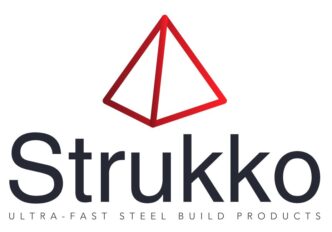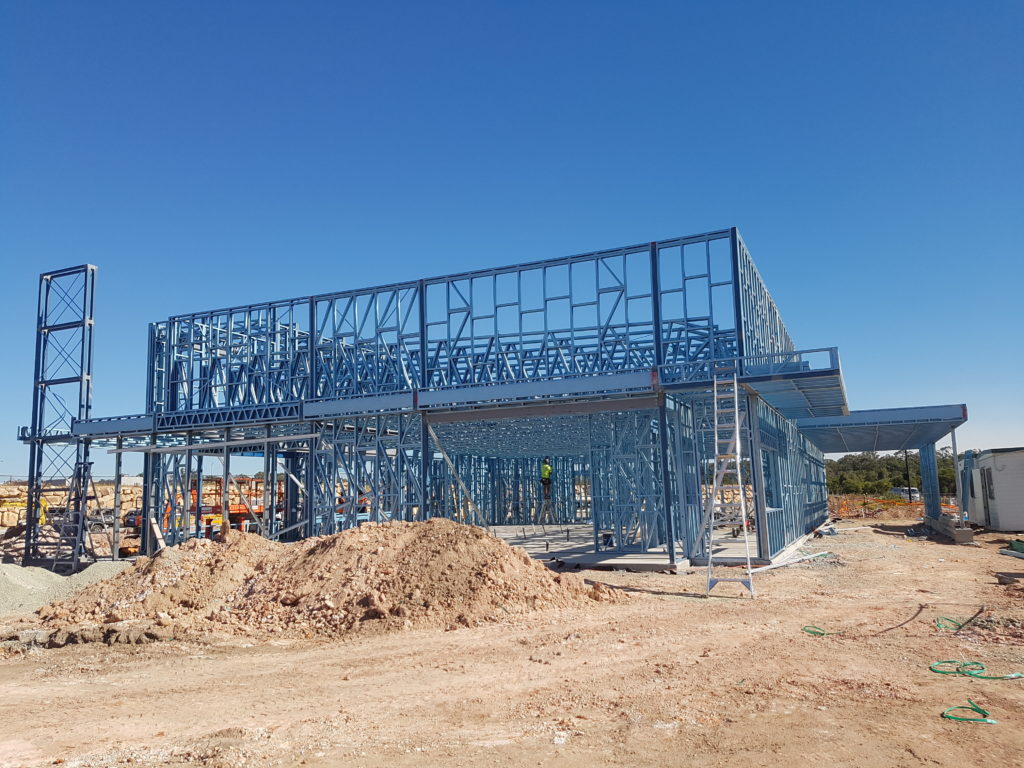Yes, light gauge steel (LGS) framing is indeed strong enough for use in structural walls and multi-level buildings. Here’s why it’s suitable for these applications:
1. Structural Strength and Load-Bearing Capacity:
- High Strength-to-Weight Ratio: LGS has a high strength-to-weight ratio, which means it provides substantial structural strength without being overly heavy. This is advantageous for both load-bearing walls and multi-story buildings.
- Engineered for Load-Bearing: LGS components are specifically engineered to support various loads, including dead loads (the weight of the structure itself), live loads (occupants, furniture), and dynamic loads (wind, seismic activity). Properly designed and installed LGS systems can handle these loads effectively.
2. Design Flexibility:
- Customizable Engineering: LGS framing can be precisely engineered to meet the specific structural requirements of different projects. This includes designing for various load conditions and architectural features.
- Suitable for Multi-Storey Construction: LGS is often used in mid-rise buildings and can be combined with other materials to support high-rise construction. It is capable of supporting multiple stories when appropriately designed.
3. Precision and Consistency:
- Manufacturing Consistency: LGS components are manufactured with high precision in controlled environments, ensuring uniform quality and performance. This consistency is crucial for maintaining structural integrity, especially in multi-level buildings.
- Reduced On-Site Adjustments: The accuracy of prefabricated LGS components reduces the need for on-site modifications, contributing to the stability and reliability of the structure.
4. Durability and Maintenance:
- Corrosion Resistance: LGS is typically coated with protective layers (such as galvanization) to prevent rust and corrosion, which enhances its durability, particularly in harsh environments.
- Pest and Rot Resistance: Unlike timber, LGS is not susceptible to termites, rot, or mould, which contributes to the longevity and low maintenance of the structure.
5. Fire and Safety Considerations:
- Fire Resistance: Steel is non-combustible, which improves the fire safety of the building. LGS framing can meet stringent fire safety codes and regulations, adding an extra layer of protection.
- Structural Integrity in Emergencies: In the event of a fire or other emergencies, the non-combustible nature of steel helps maintain the structural integrity of the building.
6. Sustainability:
- Recyclability: LGS is made from steel, which is fully recyclable. This aligns with sustainable building practices and can contribute to a project’s green building certification.
Conclusion:
Light gauge steel framing is strong and versatile enough for both structural walls and multi-level buildings. It provides the necessary load-bearing capacity, precision, and durability required for these applications. With proper engineering and design, LGS can effectively support the structural demands of various types of buildings.

